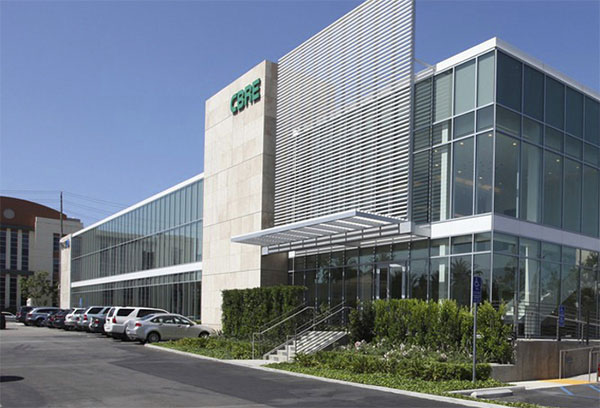CBRE research takes a look at the increase in regional distribution models
In July, Los Angeles-based industrial real estate firm CBRE issued a report highlighting strategies to avoid overreliance on China as a supply chain partner.
The report, entitled “The Changing Flow of International Trade: Impact on Global Supply Chains & Industrial Real Estate,” explained that the need for United States shippers to spread out sourcing and manufacturing outside of China is being heightened by rising labor costs in China and ongoing trade conflicts, adding that diversifying supply chains throughout Asia, in what it called a multi-country strategy, or “China Plus One,” to “reduce supply chain dependency on China alone” is a strong approach.
A main thesis of the report addressed how “global occupiers, with an overdependence on one country or region may reassess their souring and manufacturing within each region (e.g., an Americas manufacturing hub),” adding that “a widespread exodus of manufacturing capacity from China is unlikely given the sophistication of the industry, the maturity of the supply chain, and China’s massive domestic consumer market. While there is no doubt that the number of small manufacturers in the Americas will grow significantly, the volume of goods produced in China and broader Asia likely will remain dominant.”
What’s more, the report observed that exports out of China to the U.S. were off 12.7% in 2019, with total trade between China and the U.S. off $100 billion annually. These declines have resulted in increasing trade opportunities for both of the United States’ fastest growing trade partners, Taiwan and Vietnam, with total trade between the U.S. and Taiwan and Vietnam up $18.7 billion and $9.1 billion, respectively, in 2019. European markets that have seen upticks in trade with the U.S. include Belgium, the Netherlands, and France.
Even with that being the case, the strong flow of exports originating out of China to the United States remains strong, given the need for retailers to get product aligned for the holidays, as well as to replenish depleted (in some cases, depending on specific verticals) inventory levels.
Fast-forwarding to September, CBRE expounded on its “China Plus One” strategy, with a research report pointing to ways in which the strategy can impact industrial site selection on various fronts.
The CBRE research report, entitled “Changing Patterns of Trade Benefit U.S. Industrial Real Estate,” explained that while imports from Asia have historically entered the U.S. through West Coast ports, in recent years there has been an increase in companies adopting a regional distribution model with warehouses near growing population centers for quicker deliveries, as well as lower domestic transportation costs.
That has been a big talking point for more than a while now, but it really seems like it is starting to take a firmer hold, of late, with CBRE noting that the Southeast has made some strides, as Charleston, S.C. and Savannah, Ga., with each port seeing double-digit cargo gains in 2018 and 2019.
“Once trade from China was disrupted at the onset of COVID-19, companies began diversifying their supply chains,” CBRE wrote in the research report. “A ‘China-Plus-One’ strategy was widely adopted, whereby some companies that historically sourced products solely from China have added at least one secondary source in Asia. While many factors determine the most cost-effective point of entry, the general rule of thumb from a location standpoint is that source countries west of Singapore, including Europe, use U.S. East Coast ports. Those east of Singapore use U.S. West Coast ports and Central and South American source countries use U.S. ports in the Gulf of Mexico or the Southeast, especially Florida.”
Another key theme of the September research report had to do with the ubiquitous term “nearshoring,” which CBRE defines as the sourcing of products from exporting countries with shorter shipping times to points of entry.”
While nearshoring provides opportunities for domestic goods producers, there are some caveats, too, in that it comes with real estate, logistics, labor, and costs challenges. And while it is unclear in regards to how much secondary sourcing in or near the U.S. will be added, Mexico was the nation most likely to reap the gains, due to lower labor costs and being in close proximity to the U.S. border, coupled with its 14 free-trade agreements, which includes the USMCA (United States Mexico Canada Agreement), that potentially boosts regional manufacturing growth prospects.
CBRE summed up impact of this strategy, in tandem with the current market landscape, by noting: “China-Plus-One will be a net positive for industrial real estate because it accelerates supply source diversification. This diversification of sourcing, along with rising domestic transportation costs and an increase in online sales, will require more distribution centers across the country and will be another catalyst for robust industrial real estate demand for the foreseeable future.”
That bodes well for future site selection prospects, to be sure. With more people shopping online than ever before, the need for more regional distribution centers is only going to increase, as things move forward.













